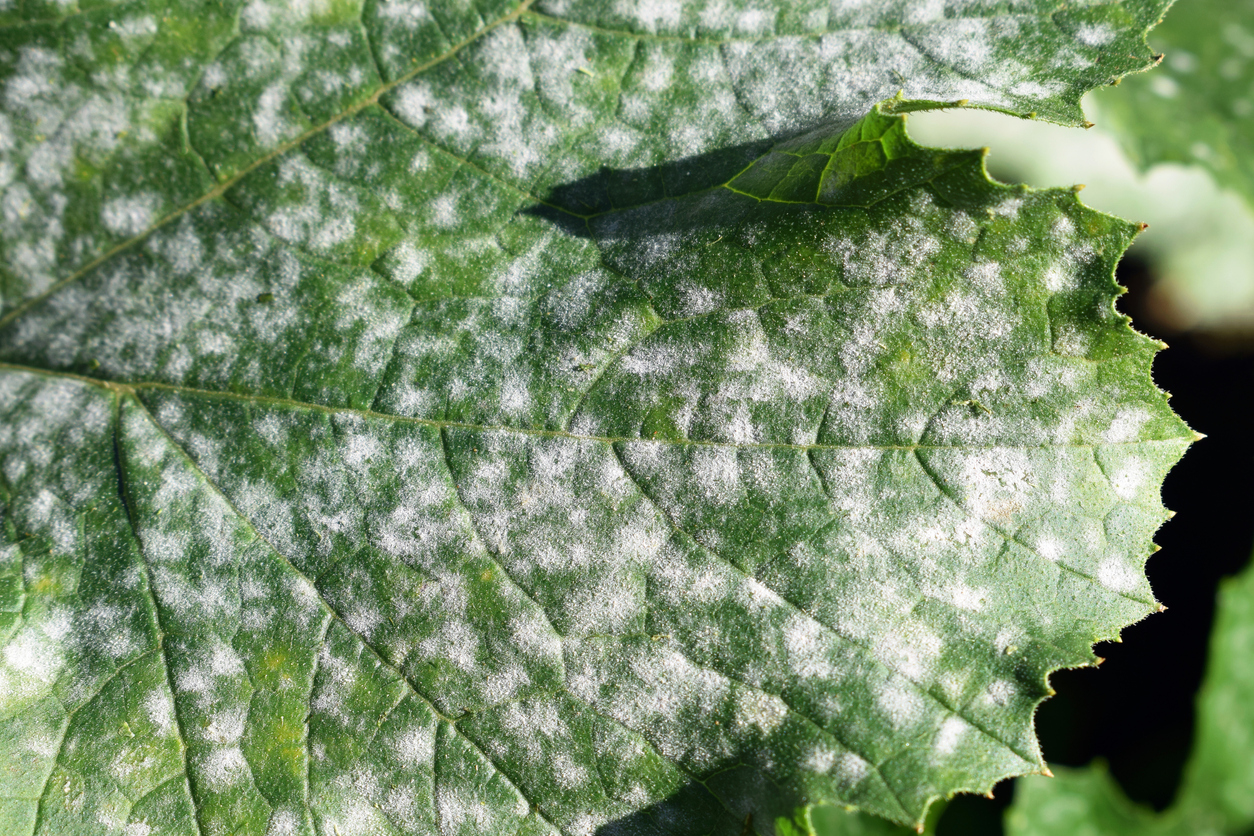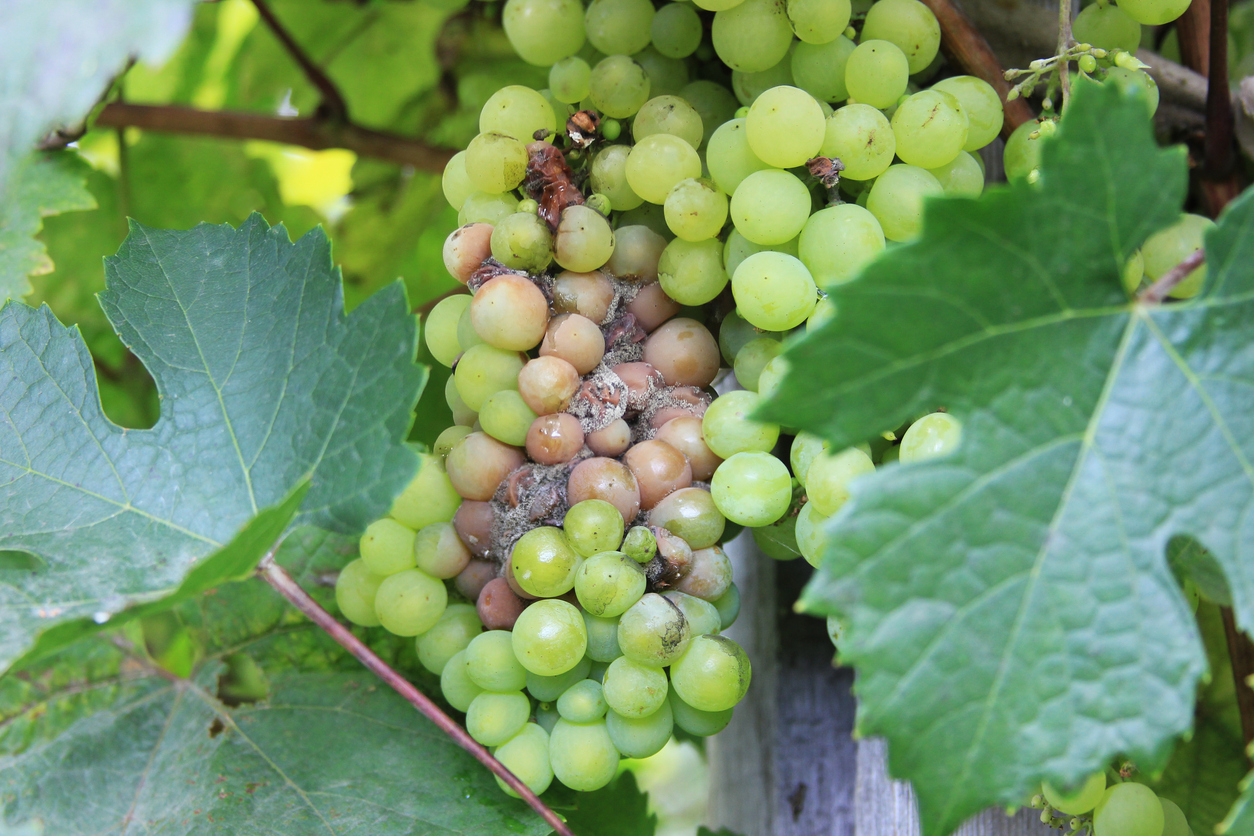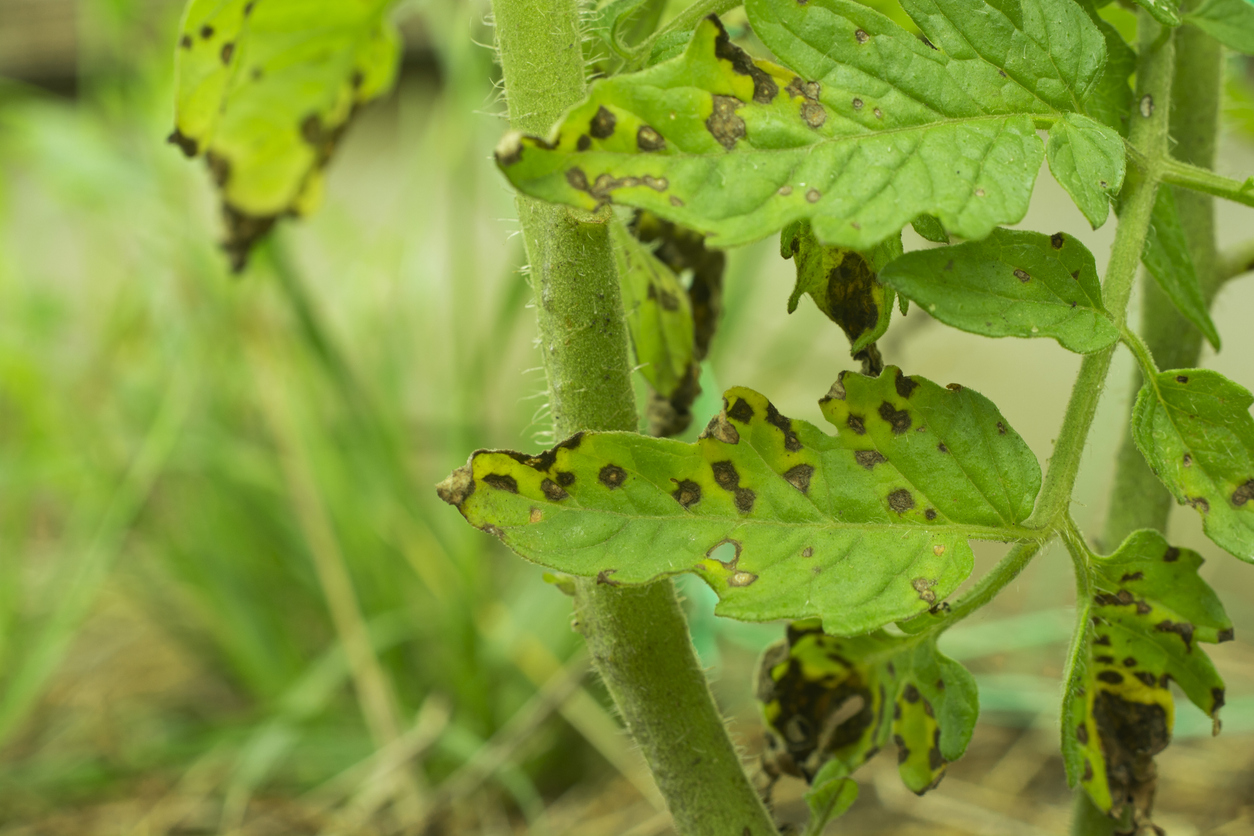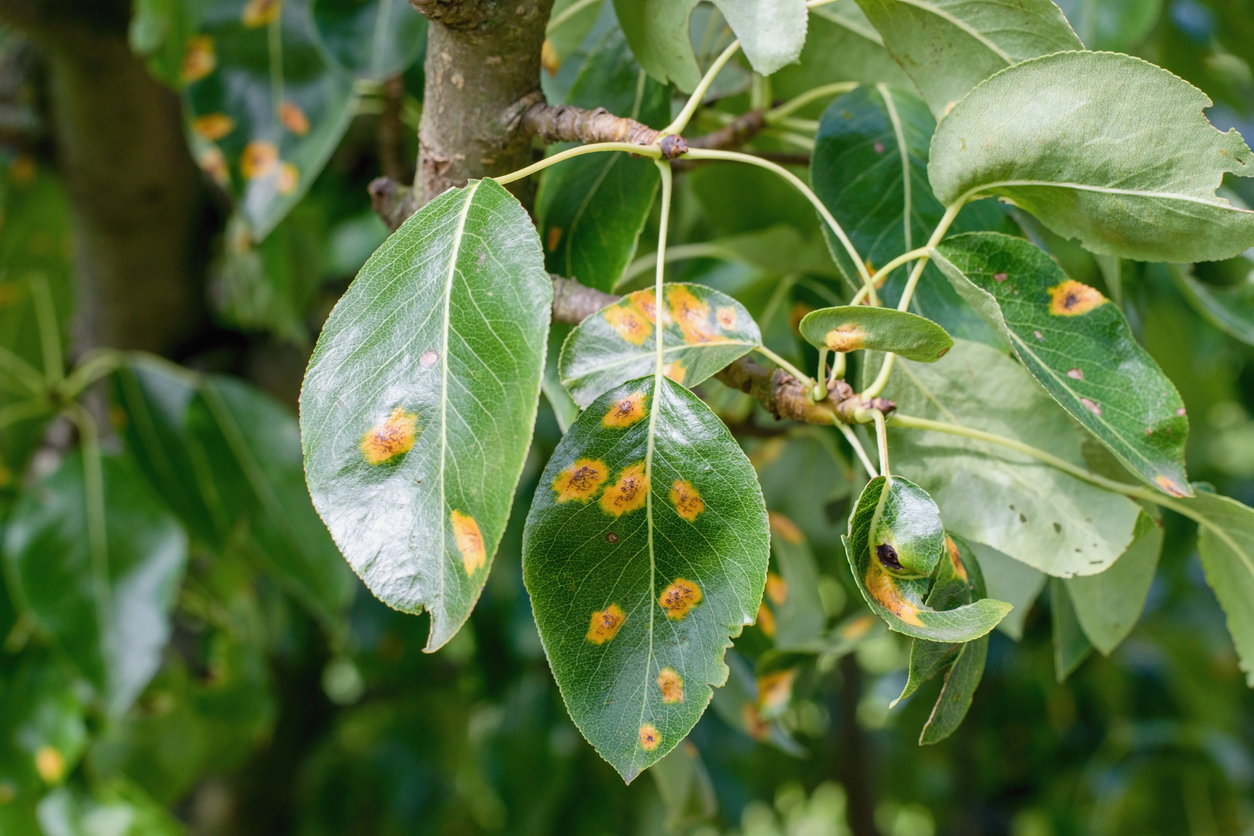Molds are a large and taxonomically diverse group of fungal species. While different molds develop under mostly similar conditions, they harm crops in vastly different ways. From visual damage to complete plant death, molds are a serious problem in greenhouse crops. Once infected, it is not easy to eradicate these fungi from the greenhouse, so the best way to treat mold is prevention.
Here are some of the most common and widely distributed molds in greenhouse production. These diseases can cause significant economic losses in floriculture, leafy greens, and vegetable crops.
Optimal conditions: Day temperatures in the 20-30°C range and high night humidity induce mildew formation.
Symptoms: Whitish, talcum-like, powdery fungal growth develops on both sides of the leaf, petioles, stem, and fruit. Host tissue becomes chlorotic.

Optimal conditions: 20°C for germination and 24°C for growth. Relative humidity 85% or greater.
Symptoms: Brown discoloration of leaves, blighting of bracts and leaves. Buds turn brown and can develop a fuzzy grey growth.

Optimal conditions: 20-25°C and high humidity.
Symptoms: Formation of leaf spots, circular to irregular in shape, usually develop from the base of the plant and merge upward. Spots can appear as black, brown, or occasionally reddish.

Optimal conditions: 15-20°C and at least six hours of free moisture on the leaf surface.
Symptoms: Usually appears as yellow, orange, red, rust, powdery pustules on soft tissue such as leaves, young shoots, and fruits. Plant growth and productivity are commonly reduced, and some plants wilt and die.

The controled conditions and enclosed environment of a greenhouse are meant to support optimal plant growth. However, compared to open-air environments, all biological processes occur faster—whether positive or negative. Flora and fauna accumulate more intensively than in natural habitats. The optimal conditions that maximize plant growth and yield are also the optimal conditions for mold development. Temperature, humidity, lighting, and air circulation are key factors in the presence of mold infections. Finding the right balance between best conditions for crops and best conditions for molds is an ongoing struggle.
“Finding the right balance between best conditions for crops and best conditions for molds is an ongoing struggle.”
2026 MyCrops Technologies Ltd. - All Rights Reserved.